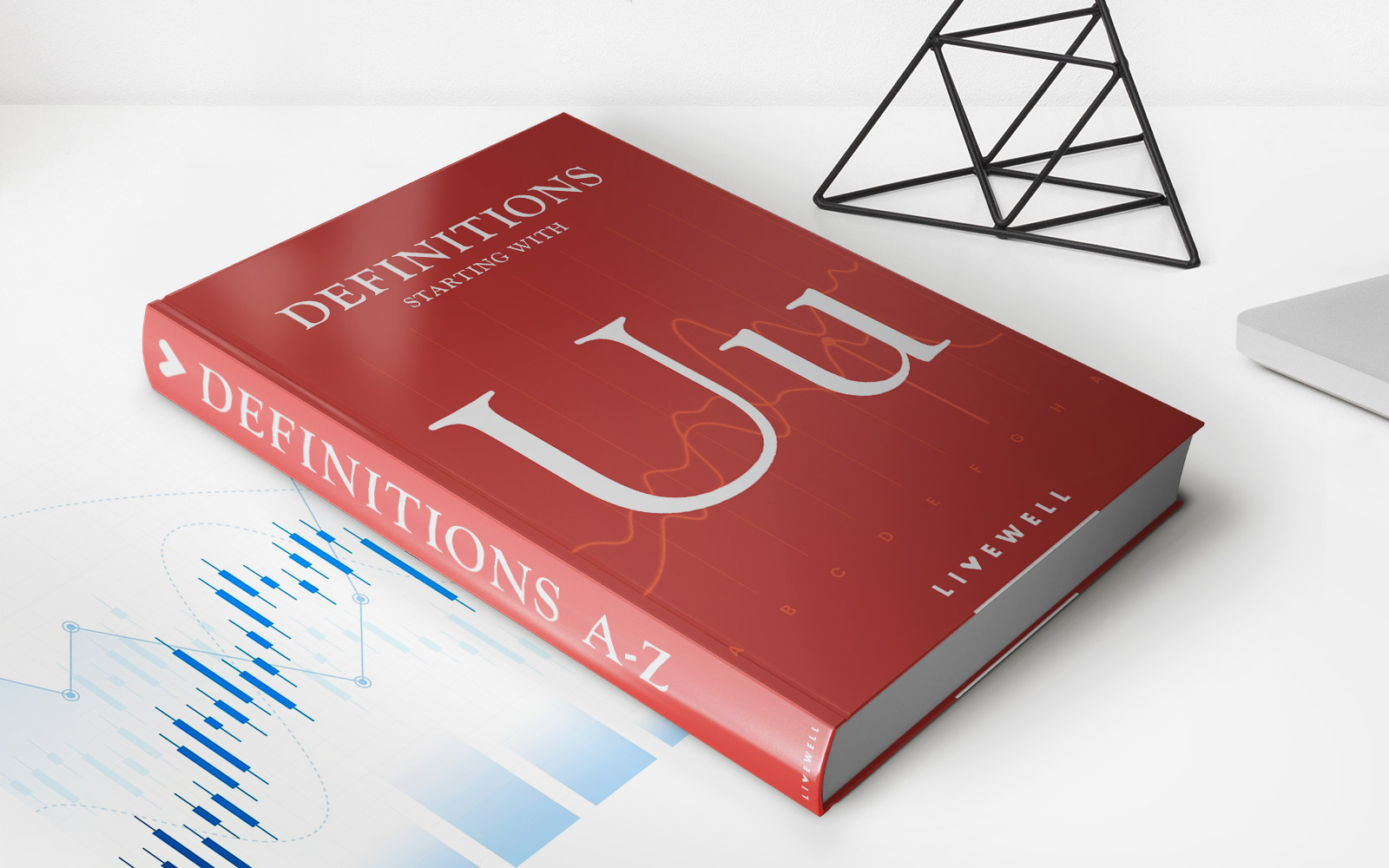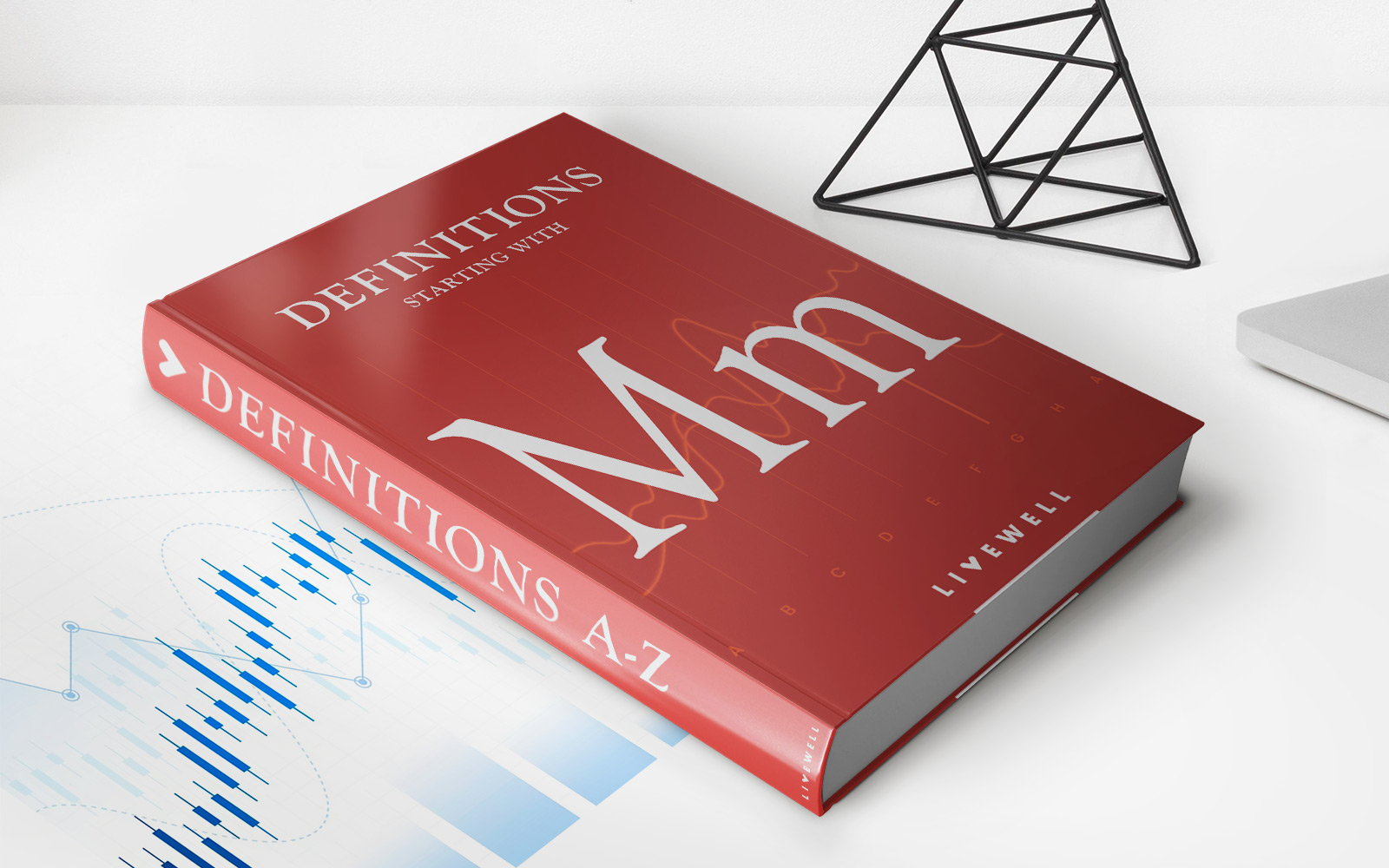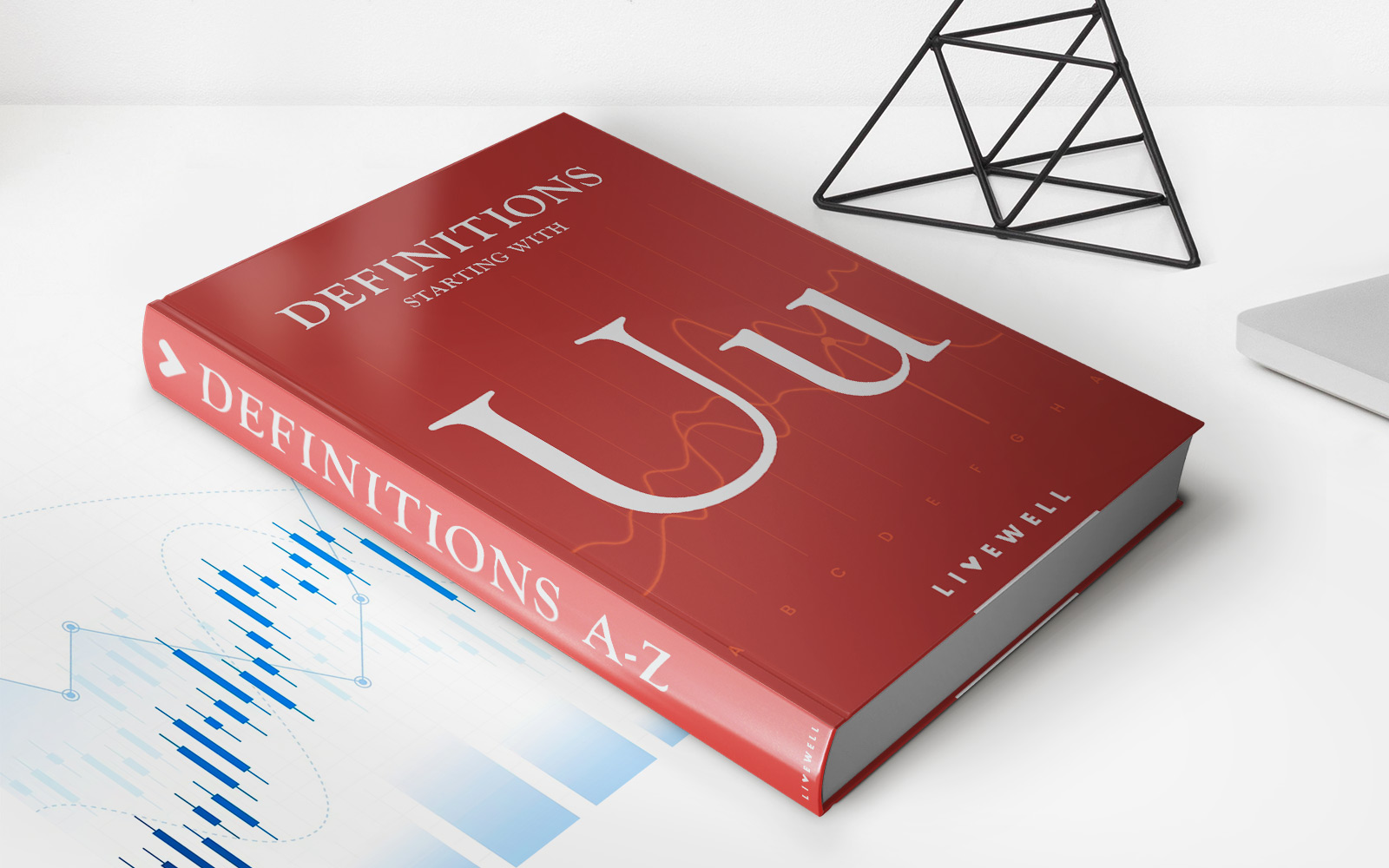

Finance
Unlimited Risk Definition
Published: February 14, 2024
Discover the meaning of unlimited risk in finance and how it can impact your investments. Gain insight into managing and mitigating financial risks.
(Many of the links in this article redirect to a specific reviewed product. Your purchase of these products through affiliate links helps to generate commission for LiveWell, at no extra cost. Learn more)
The Unlimited Risk Definition: Everything You Need to Know
When it comes to the world of finance, there are numerous terms and concepts that can be quite complex and difficult to grasp. One such concept is the unlimited risk definition. But fear not! In this blog post, we will demystify the concept of unlimited risks in finance and explain what it means for investors and traders.
Key Takeaways:
- Unlimited risk refers to the potential loss an investor or trader can face when their investment position has no cap on the downside.
- Understanding and managing unlimited risks is crucial for investors to protect their capital and make informed decisions.
What is Unlimited Risk?
Imagine investing in a stock, options, or any other financial instrument, and the value of your investment goes to zero or even turns negative. That’s where the concept of unlimited risks comes into play. Unlimited risk refers to the potential loss an investor or trader can face when their investment position has no cap on the downside.
Unlike limited risk options like buying an insurance policy or investing in a fixed-income instrument, where the maximum loss is known and limited, there are situations where an investment’s potential losses can be limitless. This is especially true in trading strategies like short selling or engaging in leveraged trading.
Why is Managing Unlimited Risk Important?
Managing unlimited risk is crucial for investors and traders as it helps protect their capital and prevent significant financial losses. Without a proper risk management strategy, investors could find themselves in a situation where their losses far exceed their initial investment.
To effectively manage unlimited risk, investors should consider the following:
- Setting stop-loss orders: Placing stop-loss orders at predetermined levels can restrict potential losses by triggering a market order to sell a position if it reaches a particular price.
- Implementing position sizing: Determining the appropriate position size based on risk tolerance and asset allocation is crucial to avoid overexposure to potential unlimited risk.
- Using hedging strategies: Employing hedging techniques, such as buying put options or using futures contracts, can offset potential unlimited losses by providing downside protection.
- Conducting thorough research: It is essential to thoroughly research and understand the underlying assets and markets before making any investment decisions.
Conclusion
Unlimited risk is a concept that should not be taken lightly in finance. Investors and traders must have a comprehensive understanding of the potential risks associated with their investments and employ an effective risk management strategy to protect their capital.
By setting stop-loss orders, implementing position sizing, using hedging strategies, and conducting thorough research, investors can prevent significant losses and make informed investment decisions. Remember, knowledge and careful risk management are key to success in the world of finance!














